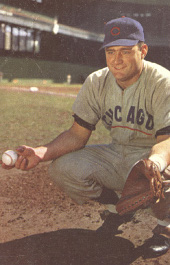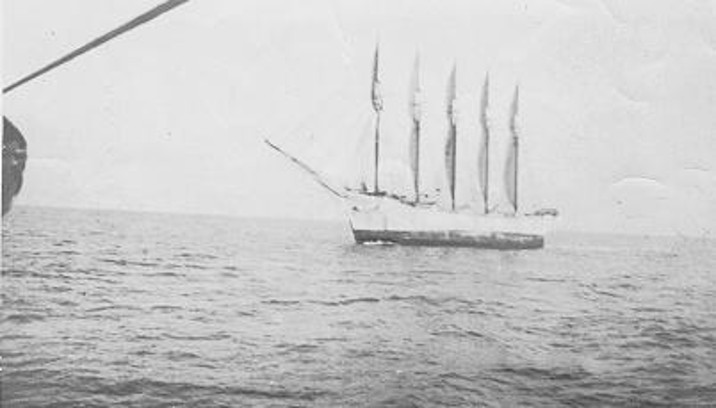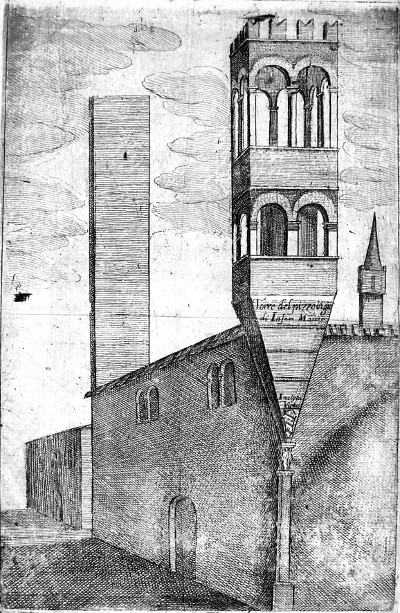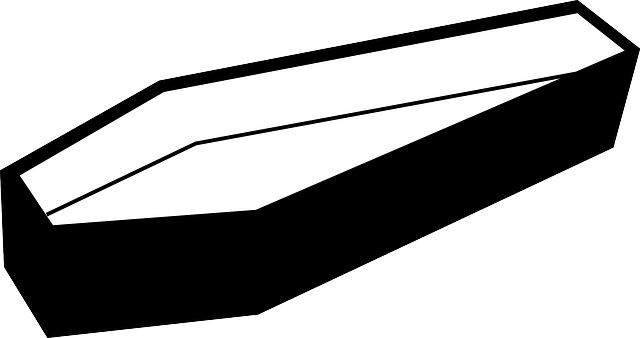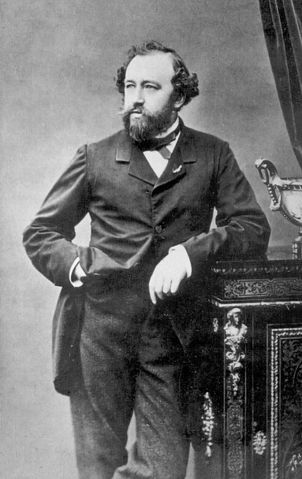Mistaken reports received by the SPCA on the British island of Guernsey:
- A call to a sick seal on a beach was in fact a duvet
- Also a possible dead dog on a beach was another duvet
- An injured crow was a black bag
- A stray pug was called in and was in fact a frog
- A dead gull hanging from a fence was a carrier bag
- An injured bird was a blonde wig
- Birds of prey often turn out to be pigeons
- A hedgehog rescue once turned out to be a pine cone
- A pregnant cat turned out to be a neutered male
- A call for a shark in trouble was a fish
In June 2016 a member of the public brought in a “dead cat” that turned out to be a dog puppet (“a very muddy, wet, insect covered, cold, collapsed small dog with an injured nose”).
“Both the finder and I were extremely relieved and where an air of sadness had been at the GSPCA it soon turned to laughter,” said SPCA manager Steve Byrne.
They advertised for the owner on Facebook, but I don’t know that anyone ever responded.

